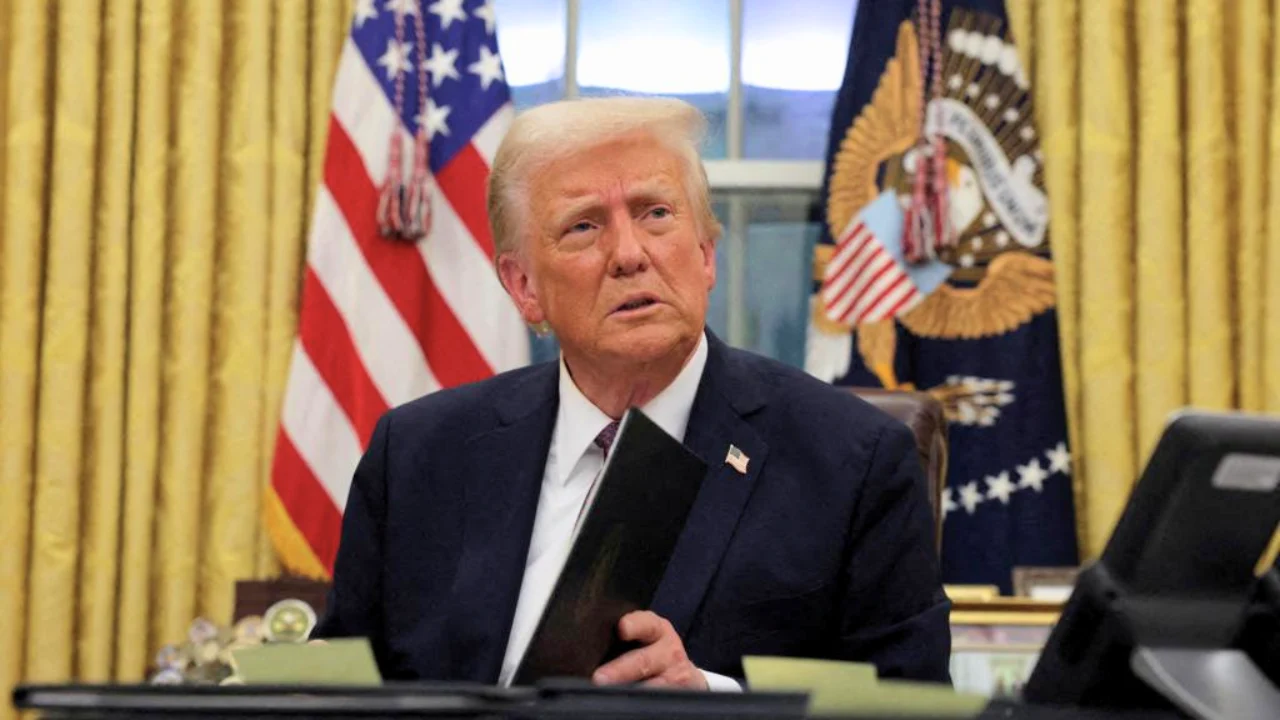A U.S. federal trade court has struck down former President Donald Trump’s sweeping tariff orders, ruling that he exceeded his authority by unilaterally imposing import taxes under emergency powers. The decision marks a significant legal and political setback for one of Trump’s key economic initiatives.
In a ruling issued by a three-judge panel at the U.S. Court of International Trade in Manhattan, the court found that Trump improperly used the 1977 International Emergency Economic Powers Act (IEEPA) to justify broad tariffs on most U.S. trading partners. The judges stated that the law does not give the president blanket authority to raise tariffs without congressional approval.
“An unlimited delegation of tariff authority would constitute an improper abdication of legislative power,” the court wrote.
Trump had issued a series of executive orders starting April 2, imposing a 10% baseline tariff on most imports and higher “reciprocal” tariffs—up to 145%—on countries with which the U.S. ran trade deficits, including China, Canada, and the European Union. The White House argued the measures were necessary to address national emergencies such as trade imbalances and illegal border activity.
The court rejected this rationale. It ruled that the orders, labeled “Worldwide and Retaliatory Tariff Orders,” failed to demonstrate a direct link to any specific emergency and exceeded the scope of authority granted by IEEPA. The judges added that longstanding trade deficits do not constitute a sudden crisis justifying emergency action.
The ruling consolidated lawsuits filed by five small businesses and 12 U.S. states, including New York and Oregon. Plaintiffs argued the tariffs violated the Constitution’s separation of powers and harmed American importers.
“The law is clear: no president has the power to single-handedly raise taxes whenever they like,” said New York Attorney General Letitia James. “These tariffs would have triggered job losses, inflation, and disruption across the U.S. economy.”
Trump’s administration responded by immediately filing an appeal. A White House spokesperson called the ruling an overreach, stating: “It is not for unelected judges to decide how to properly address a national emergency.” Former officials, including Stephen Miller, described the ruling as a “judicial coup.”
While the court blocked the emergency-based tariffs, it left intact earlier Trump-era tariffs on goods like steel, aluminum, and automobiles, which were enacted under different trade statutes.
Business and Market Impacts
The ruling prompted a positive response from financial markets. U.S. stock futures rose, and major indexes in Asia also posted gains. The dollar strengthened against safe-haven currencies like the Japanese yen and Swiss franc.
Analysts say the decision may offer temporary relief to global markets following months of volatility. Stephen Innes, an analyst at SPI Asset Management, described the ruling as a “pivot from strongman tariffs to institutional guardrails.”
Companies affected by the tariffs may eventually receive refunds, with interest, if the ruling is upheld on appeal. However, no immediate changes will occur at U.S. ports, and existing tariffs must still be paid until the appeals process concludes.
What’s Next
The Trump administration now faces a legal path through the U.S. Court of Appeals for the Federal Circuit and potentially the Supreme Court. If higher courts uphold the decision, the executive branch’s authority to use emergency powers for trade policy could be significantly curtailed.
The court acknowledged that Trump retains limited authority under the Trade Act of 1974 to impose temporary tariffs, but only under stricter conditions and time limits.
The ruling comes as Trump continues to promote an “America First” economic agenda in public appearances and campaign events, including threats of further tariffs on EU goods. The legal setback may complicate those efforts, as foreign governments and businesses await clarity on the enforceability of U.S. trade actions.

